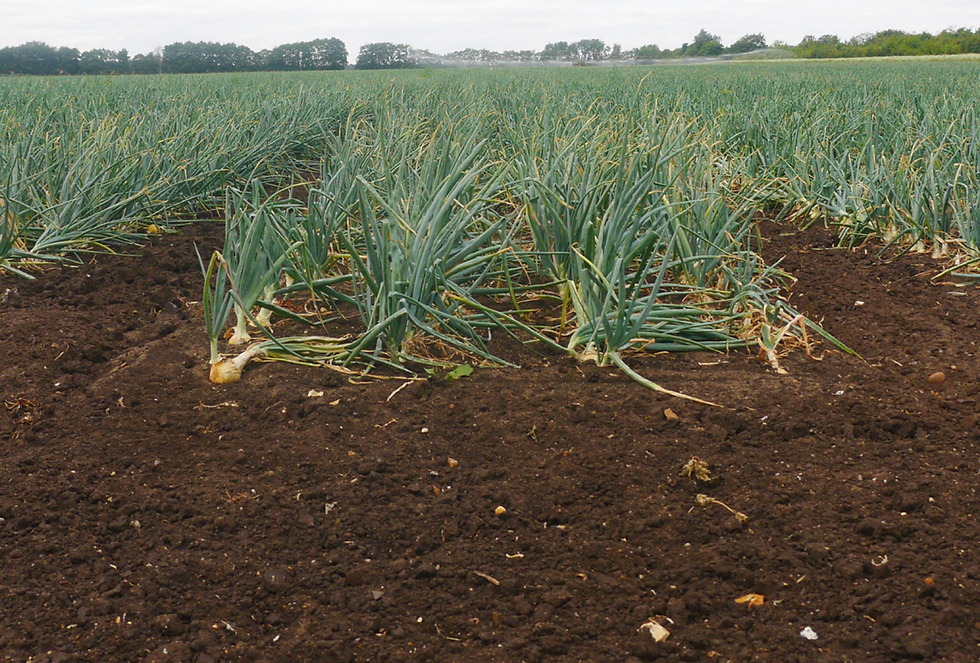New Peatland Code Version 2.0 Released
- Jo Bellett

- Mar 10, 2023
- 1 min read
The IUCN-UK-Peatland programme has released Version 2.0 of the Peatland Code, on 8th March 2023. The Peatland code provides a mechanism to support private finance for the restoration and long-term maintenance of damaged peatland sites. The code provides a standard for quantifying and verifying climate benefits from reductions in greenhouse gas emissions brought about by the restoration works.

Peatland in the UK has been divided into three broad types:
Blanket Bog:
Globally rare, although in the UK forms the most widespread habitat. Typically occurs in the uplands as mantlesof peat over extensive areas but can also be found in lowlands. Healthy blanket bog is mainly composed of bog vegetation fed only by precipitation and is consequently nutrient poor and acidic.
Raised Bog:
Localised dome of peat rising above the surrounding land and mainly found in the lowlands. Raised bogs are also nutrient poor and acidic, and consequenlty, the plant species found in raised bogs are similar to those in blanket bogs. Fed only by precipitation.
Fen:
In addition to precipitation, fens also receive water that has been in contact with the underlying geology and exhibit a wide range of types from base-poor fens that resemble bog-type vegetation (e.g. cotton grass, heather and Sphagnum mosses) to rich fens of sedges, reeds and brown mosses.
Paludiculture is included in the next phrase of the project.
More info about the Peatland Code 2.0




Comments